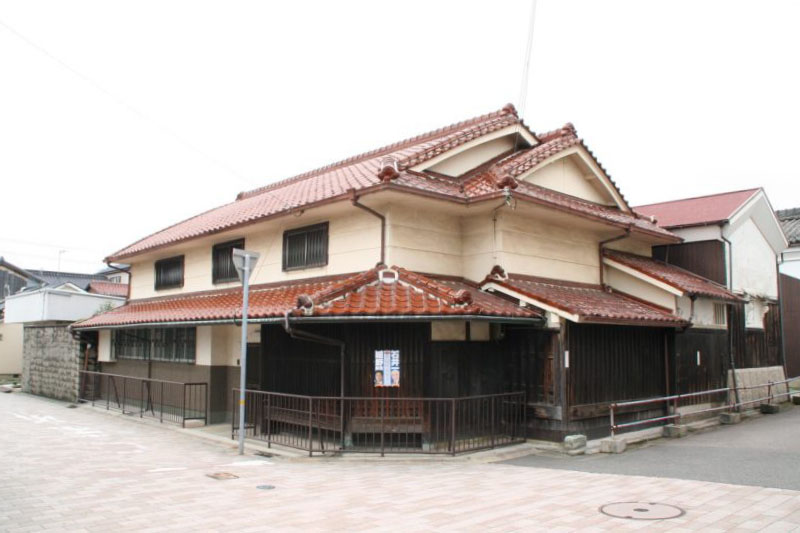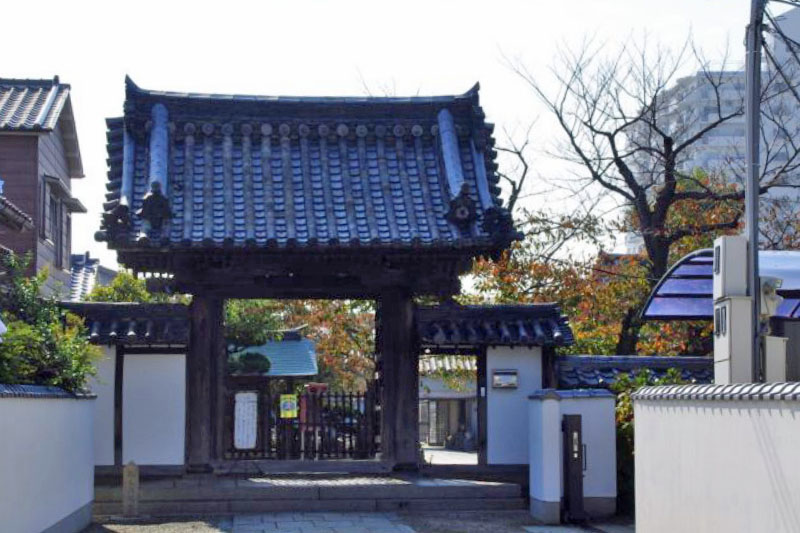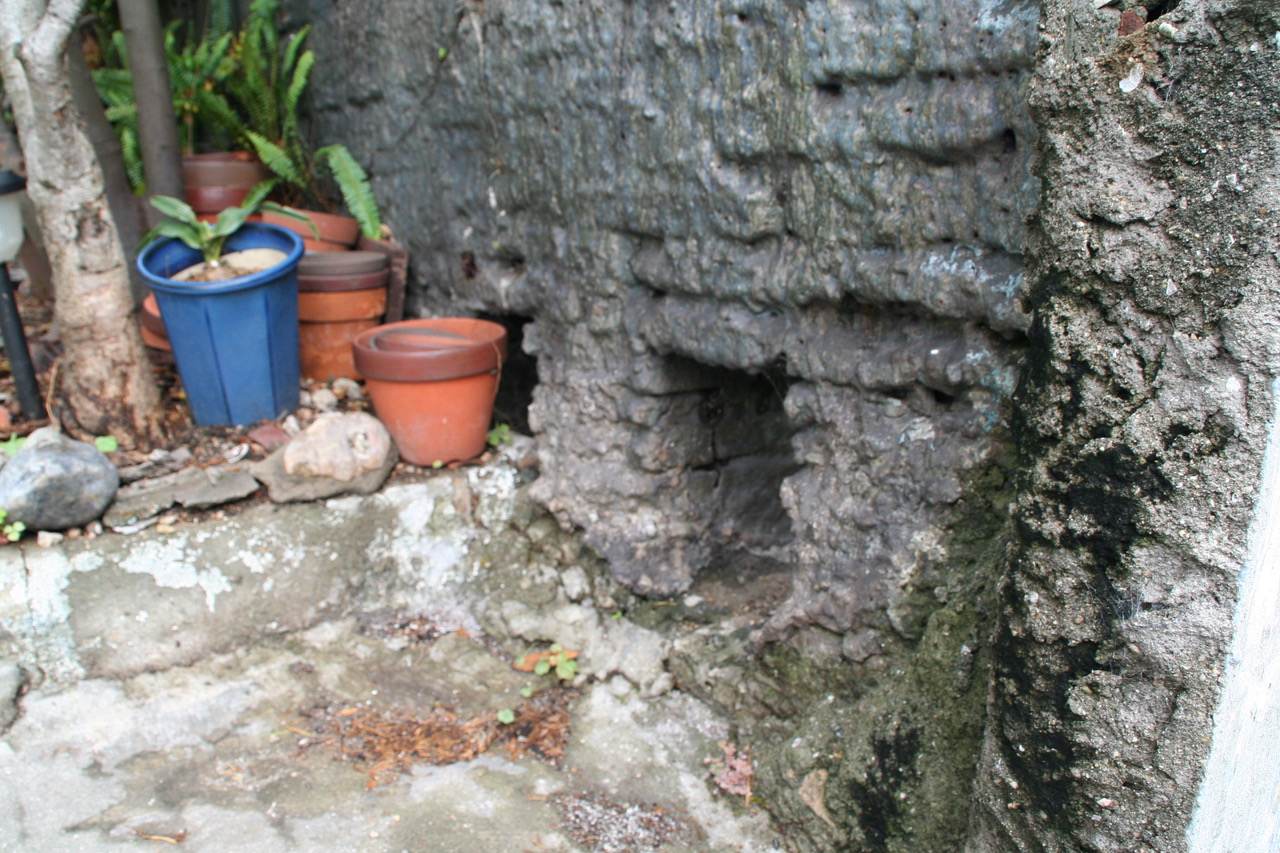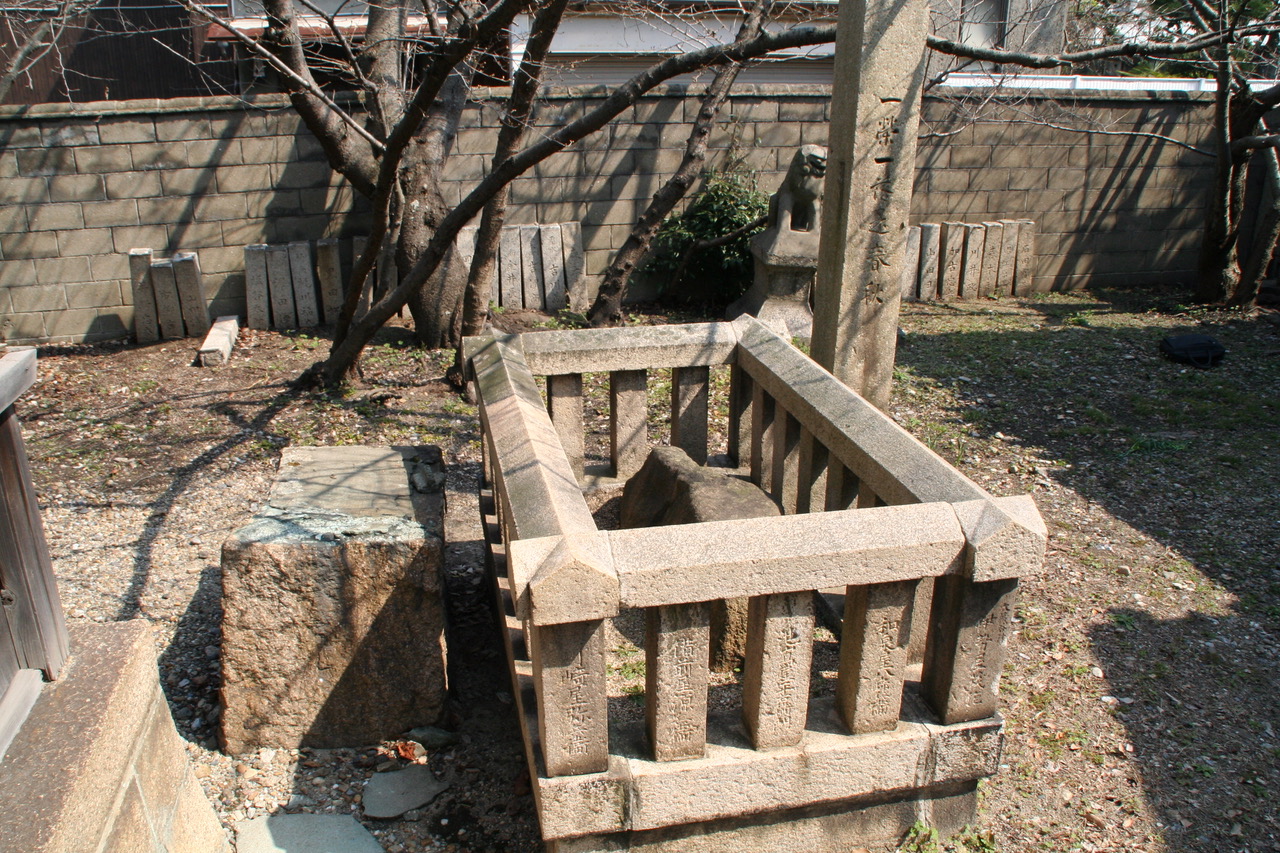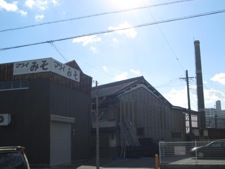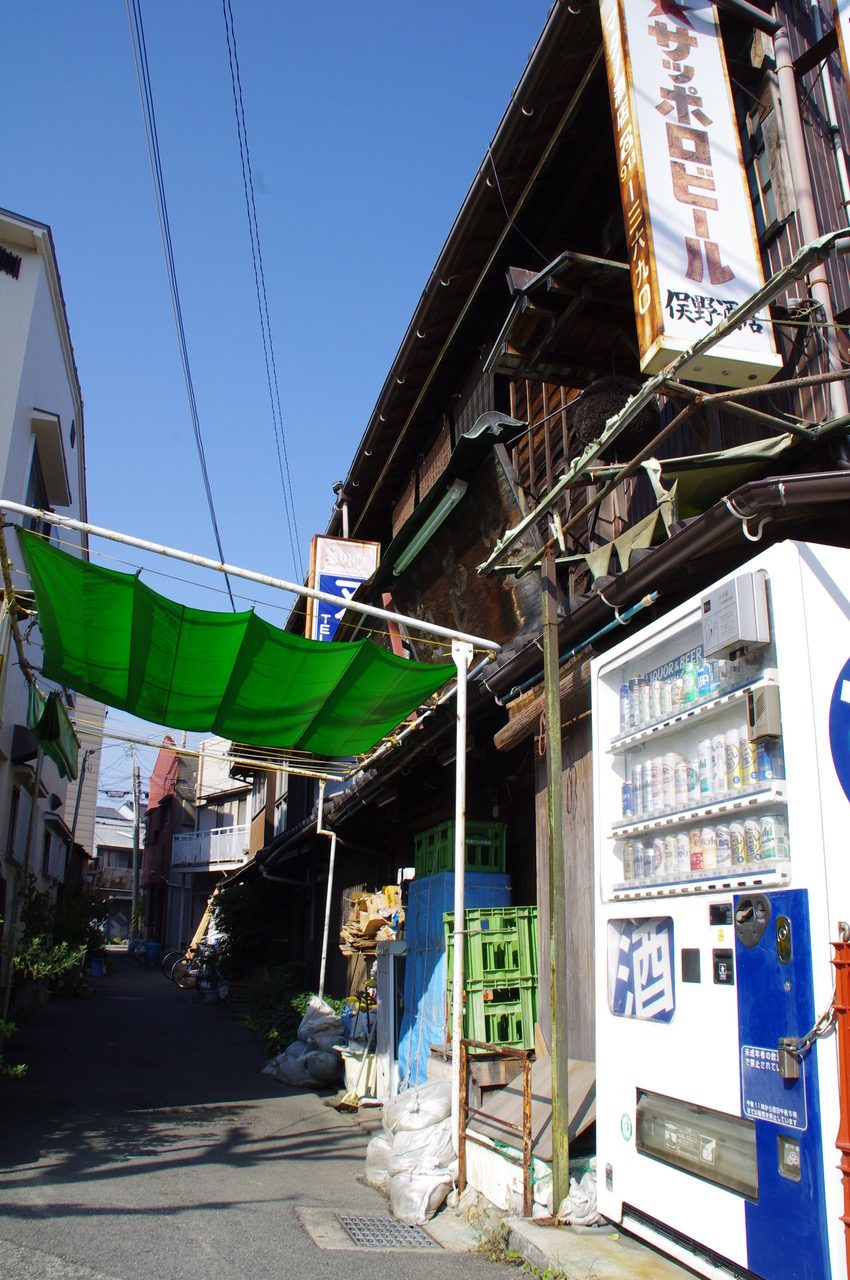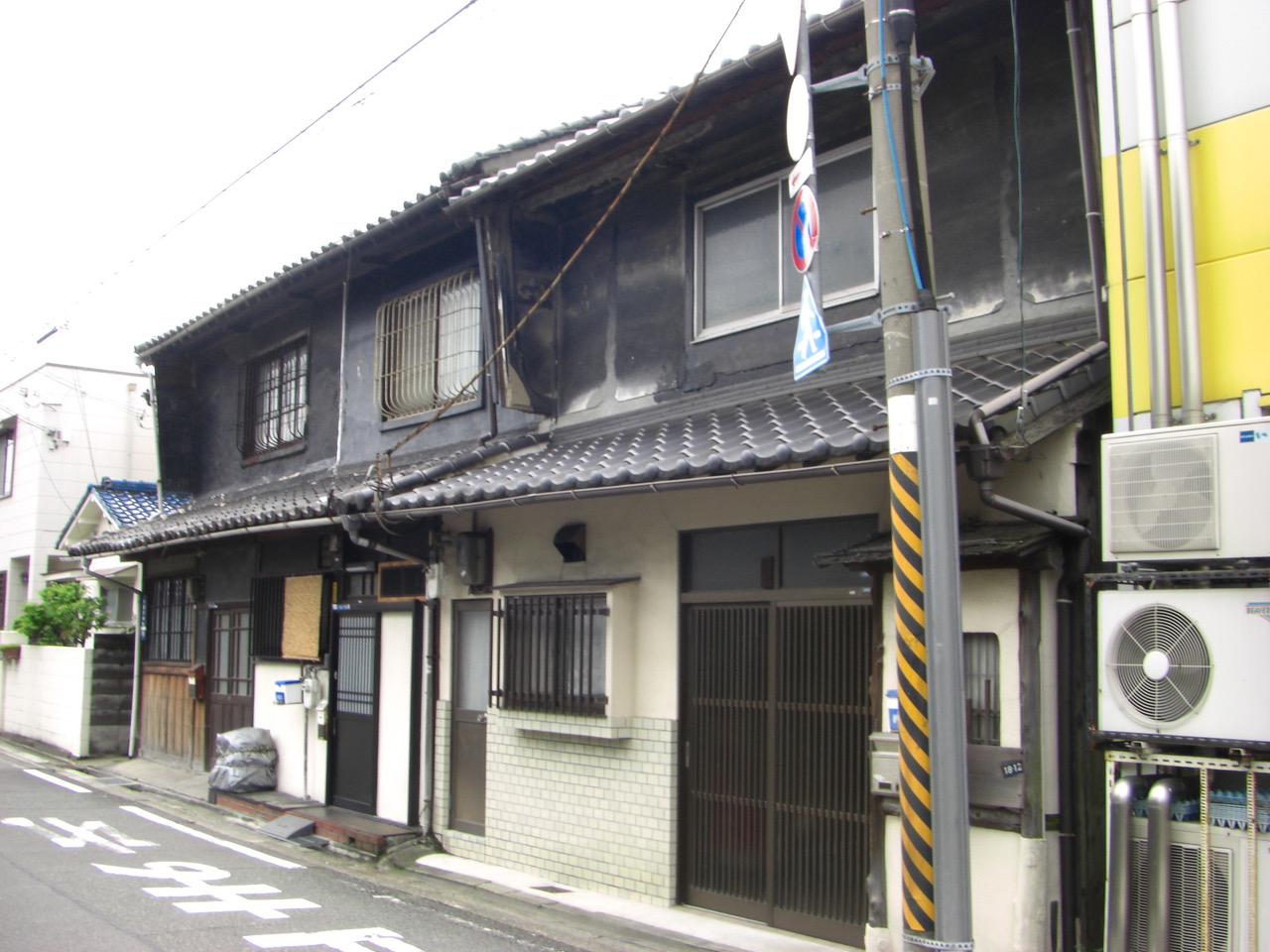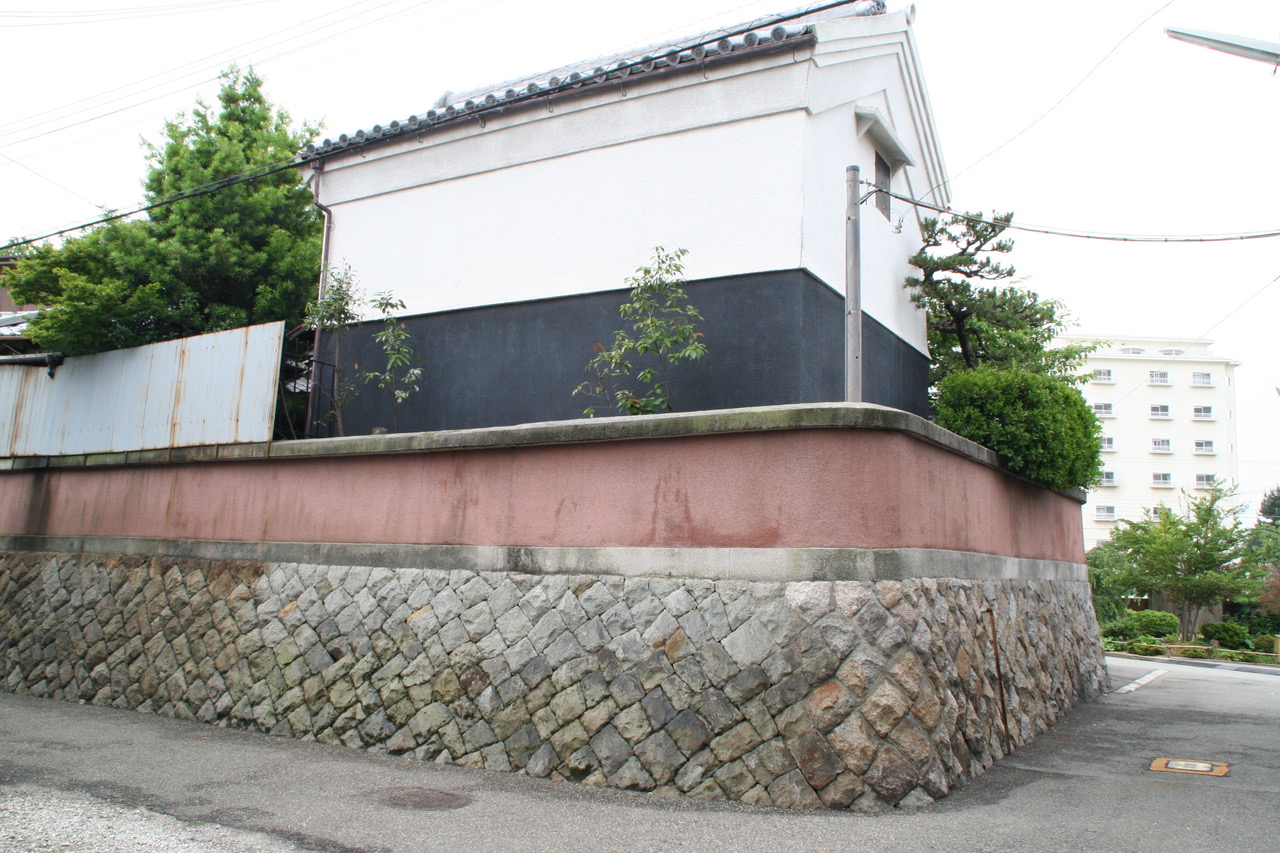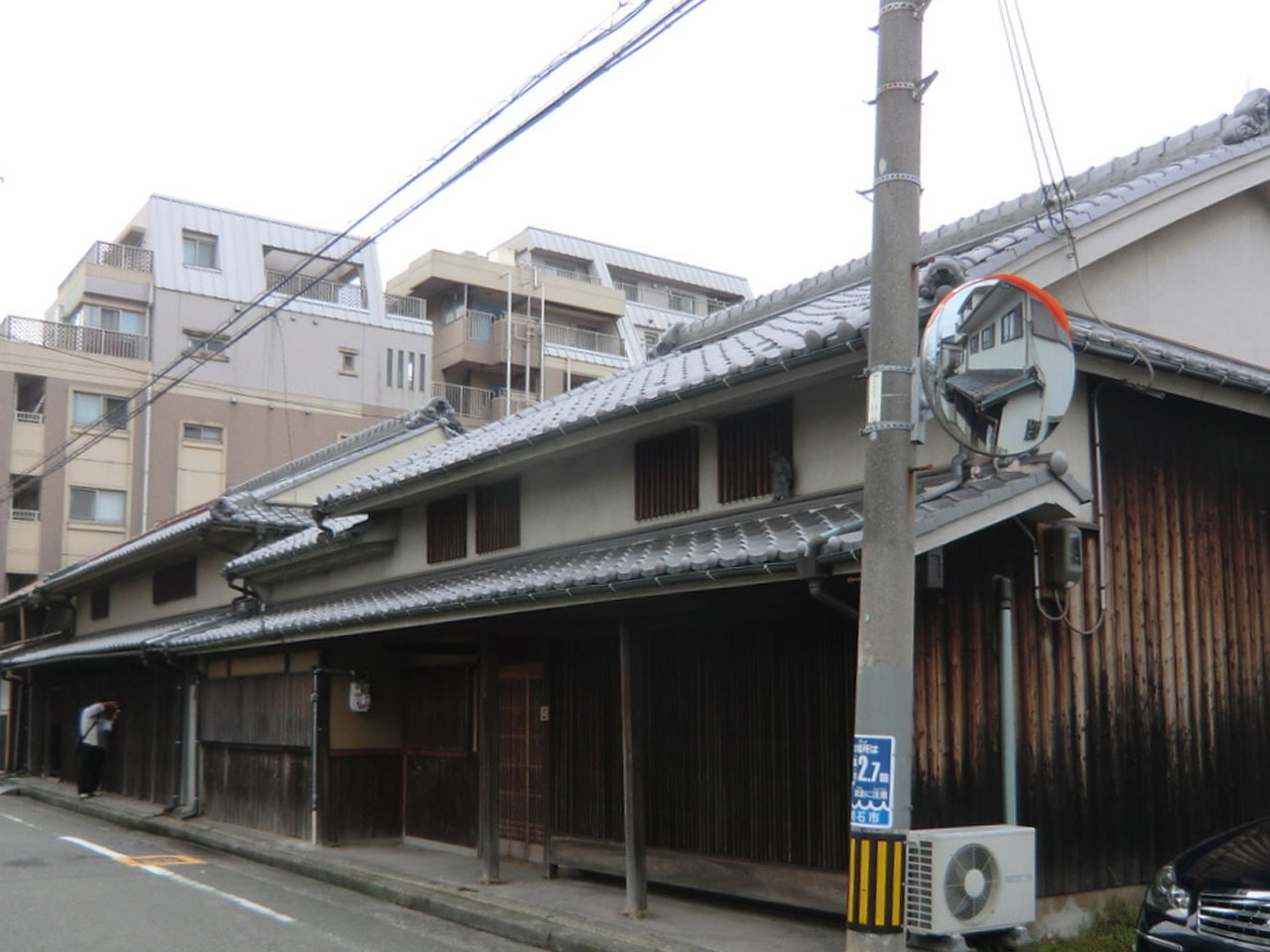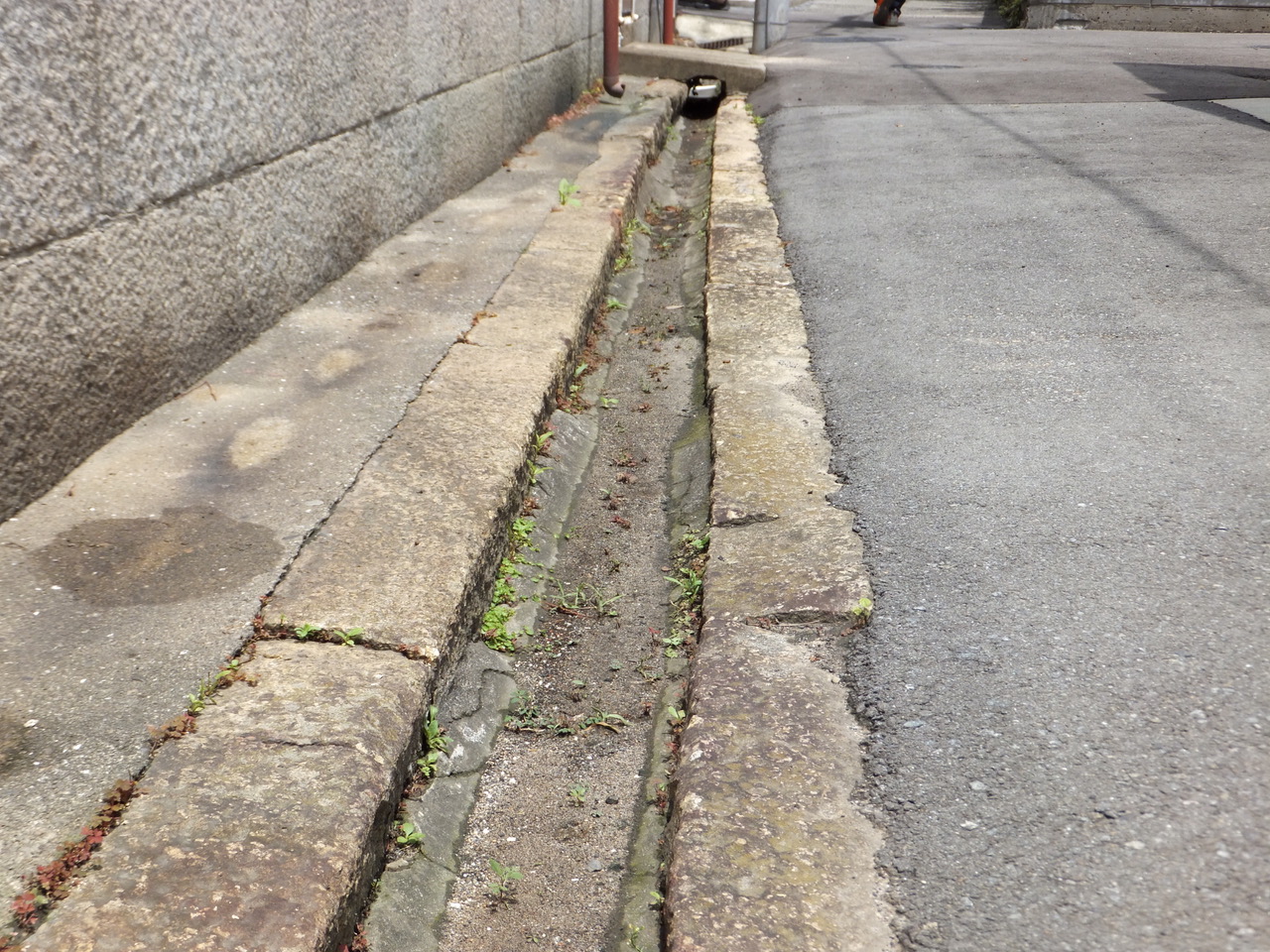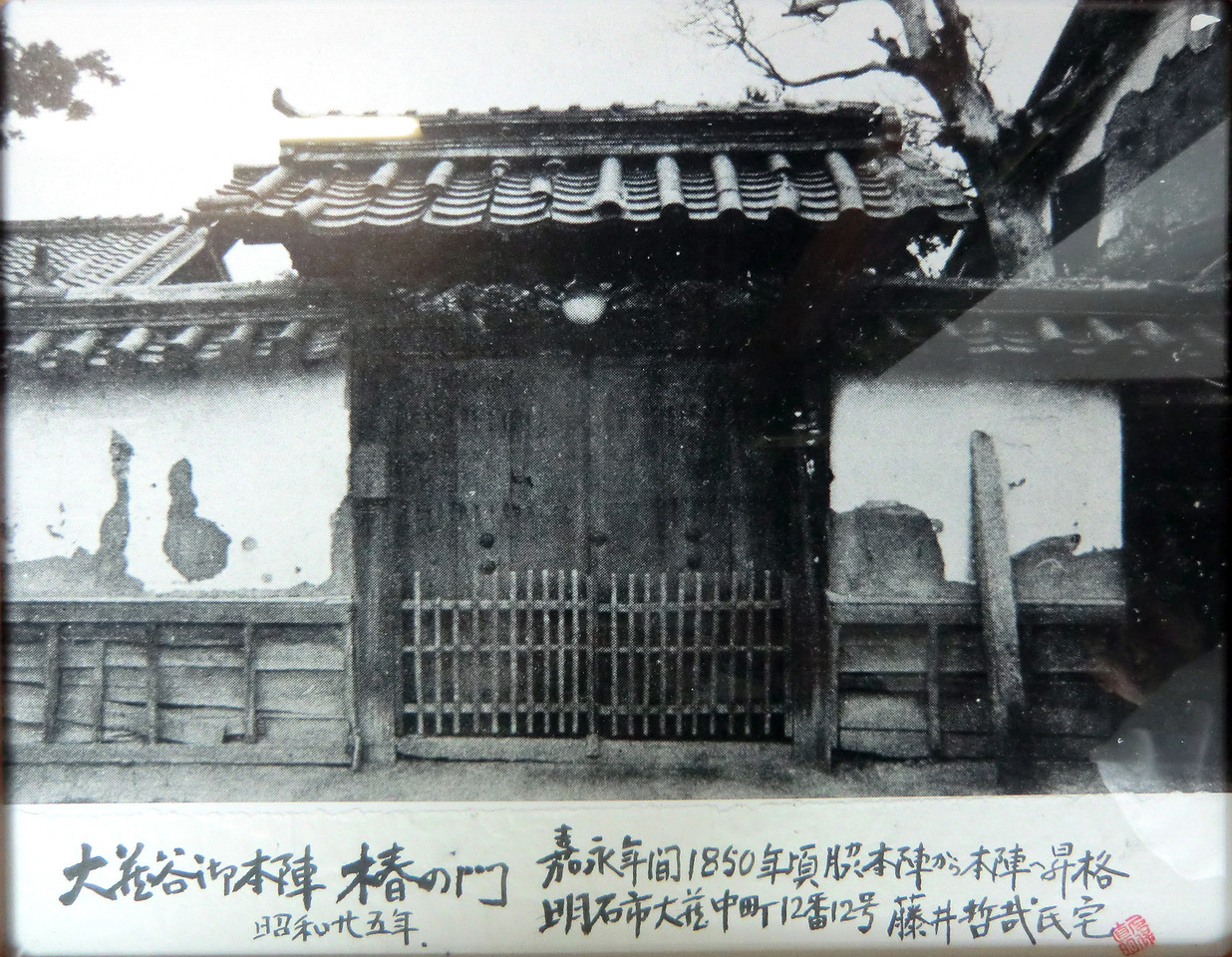【trivia03】The ruin of Honjin and an old tree
Honji means a prestigious hotel that high-class people like Daimyos or shogunate officers stayed in Edo period.It is said that Hirose Jihei from Iwakuni (Yamaguchi prefecture) started Okuradani Honjin around 1580.Since Saigoku Highway passed through Okuradani, daimyo’s processions going back and forth to Edo every two years stayed there, so Okura became a flourished town serving as a stage in Edo period. In those days, Honjin was around the present Okura market. The place was around the center of Okuradani and located in the south of Saigoku Highway. The situation of that was drawn in “Chugoku Kotei Ki” (the report of the route to Chugoku district), a picture of the Highway in Edo period.Howere the Honjin was closed down and Ryuguya Sumino one of Waki Honjins (sub-Honjins) which was at the present Okura kaikan at the end of Edo period. The names of Shukueki, Honin and Waki Honjin were abolished in 1870. Although Honjin was pulled down completely afterward, a tree in front of the Okura Kaikan is kept carefully. Because it is living witness to know that Okura flourished as a town serving as a stage.The tree looks ilex.
